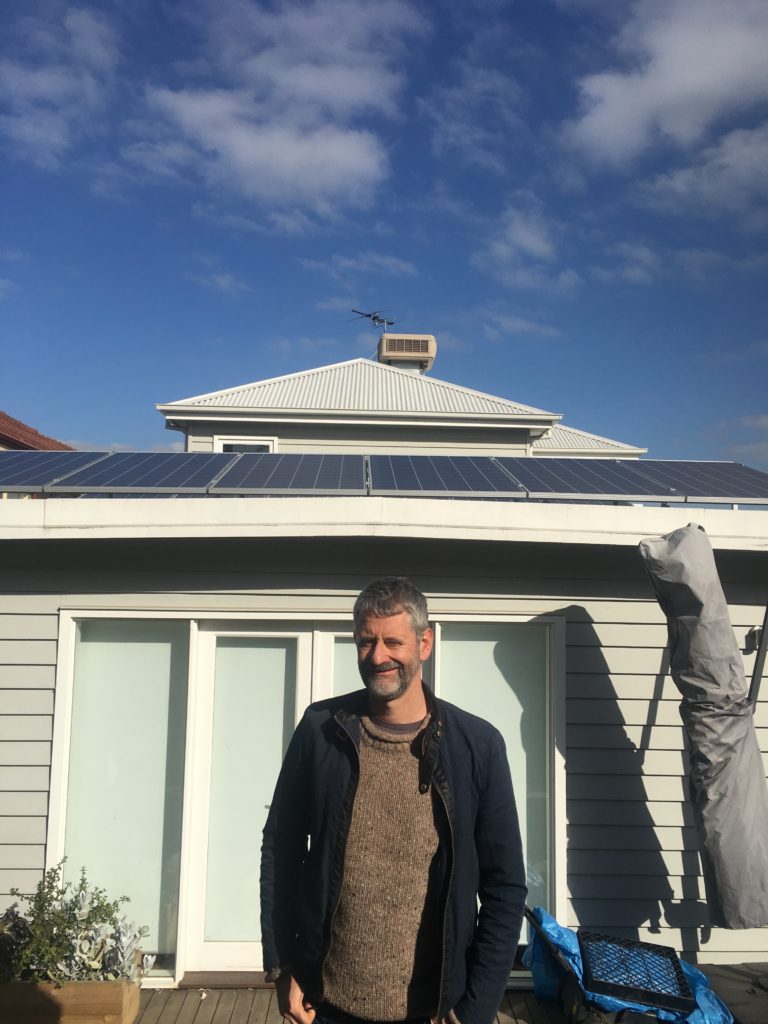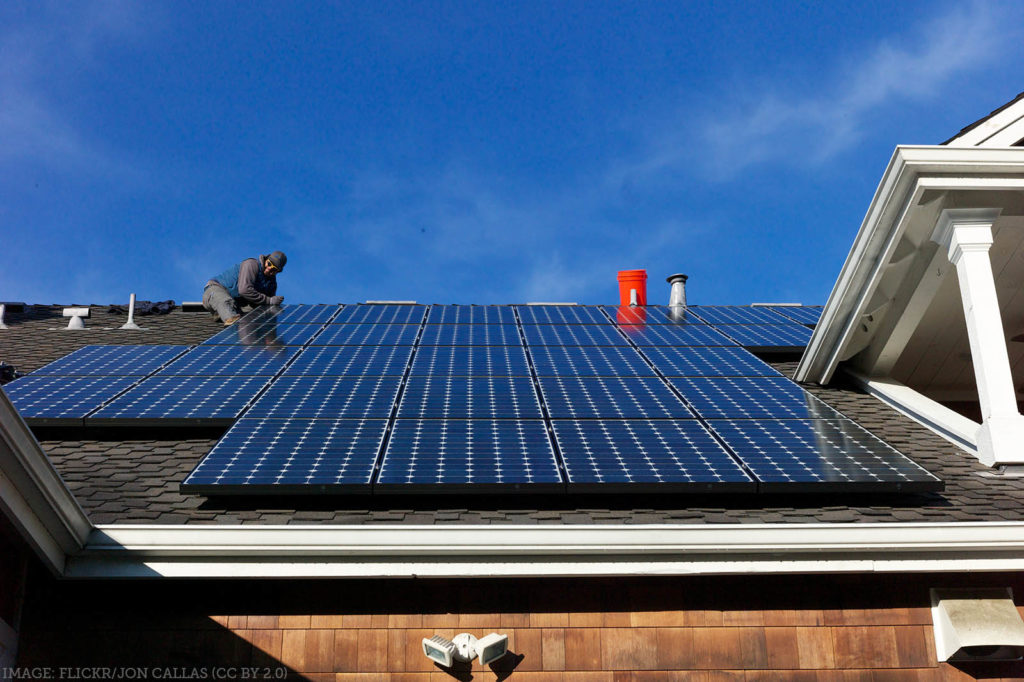By Kathryn Lewis
 Melbourne local, Alex Mungall cut his quarterly power bill by $350 this summer, thanks to power from the sun that more than 1.7 million Australian households and businesses are harnessing.
Melbourne local, Alex Mungall cut his quarterly power bill by $350 this summer, thanks to power from the sun that more than 1.7 million Australian households and businesses are harnessing.
Australia’s transition to renewables is already well underway, and with the majority of Australia’s solar electricity supply stemming from households and businesses, Alex is just one example of everyday Australians making the switch.
Alex took the plunge to install solar energy on his Ascot Vale home eight months ago, and is already reaping the rewards of a system which will start paying for itself in less than a decade, while also doing his bit for the environment and tackling climate change too.
“The $11,600 system had been planned to pay itself off in ten years, but at the rate it’s going, it should be a lot quicker than that”
Alex began his solar journey after investigating his power bill-saving potential and deciding he did not want to contribute to worsening climate change through energy generated from coal-fired power.
“I am really happy with my system, and I think I will continue to add to it in the future,” he said.
The system consists of 5kW solar panels and a modular two-battery system. This is a flexible setup which means the house can store solar power, with more solar capacity and less dependency on the grid.
Alex said modular systems are a good option for those new to the market, and now is the time to invest as prices of solar systems continue to plummet.
“It is getting more affordable. There are now even more affordable systems on the market even six months later”
The cost of batteries like Alex’s have dropped 80% since 2010 and are expected to halve again in the next seven years.
The rate of solar rooftop installation in Australia jumped by almost 60% this year.
When he received his summer quarter bill, Alex had sold $17 more power back to his energy company than he had bought from them. This excess energy the system creates is sent back to the grid to be used by other consumers.
This means more energy for consumers- particularly in high-risk times for blackouts, such as heatwaves- and more money back to Alex.
He gains one-third of the import price back on energy exported.
The household power bill in April came in $350 cheaper than 2017, with Alex paying nothing for power, and even getting something off his connection charge.
After 7 months, he is saving on average of $120 per month: paying approx. $40 instead of $160, with a potential annual saving of $1,440.
Alex dove in head-first to the solar revolution, and says that lifestyle does not need to change that much to reap the rewards.
“You can achieve the savings and lower pollution levels just by installing the system and carrying on as normal” he said.
